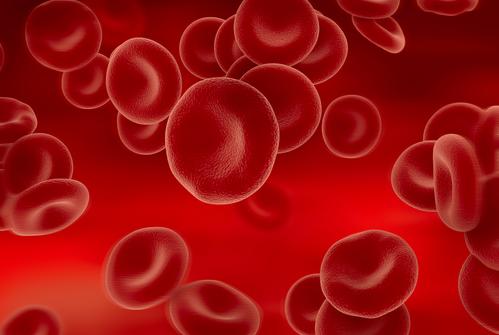Artificial Blood Within a Decade

What’s the Latest Development?
Biomedical researchers in England and Scotland have, for the first time, created thousands of millions of synthetic red blood cells using stem cells taken from bone marrow. While that count is still short of the amount necessary for a transfusion, scientists believe a teaspoon amount will be ready to inject into humans in a couple of years. Within a decade, they hope that artificial blood will be used routinely at accident sites and during surgeries. Ultimately, a stockpile of the O-negative blood type, known as the universal donor, should be created.
What’s the Big Idea?
Creating industrial quantities of artificial blood could potentially end donation shortages, saving untold lives at the scenes of car accidents, on battlefields and in surgeries. Laboratories could adjust supply to fit demand; during the summer, for example, rates of car accidents are higher. A dramatic increase in supply could greatly benefit third world countries as well, where sub-standard medical conditions result in preventable deaths such as hemorrhaging during child birth.




